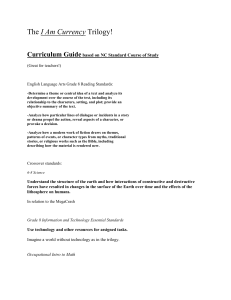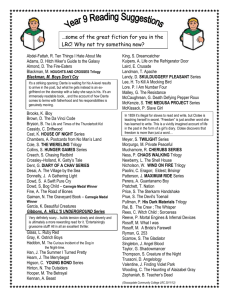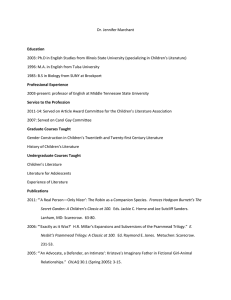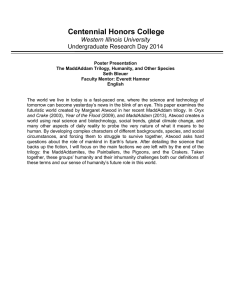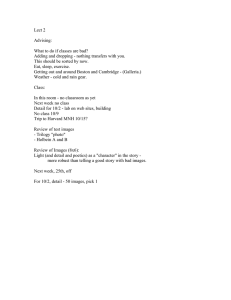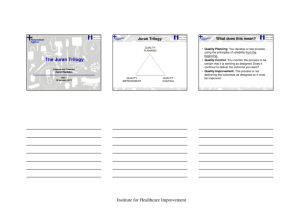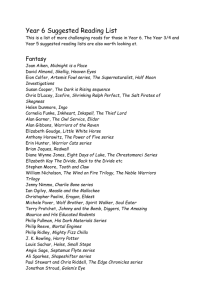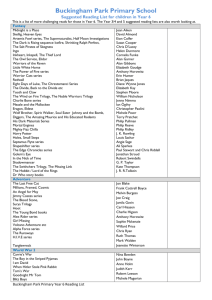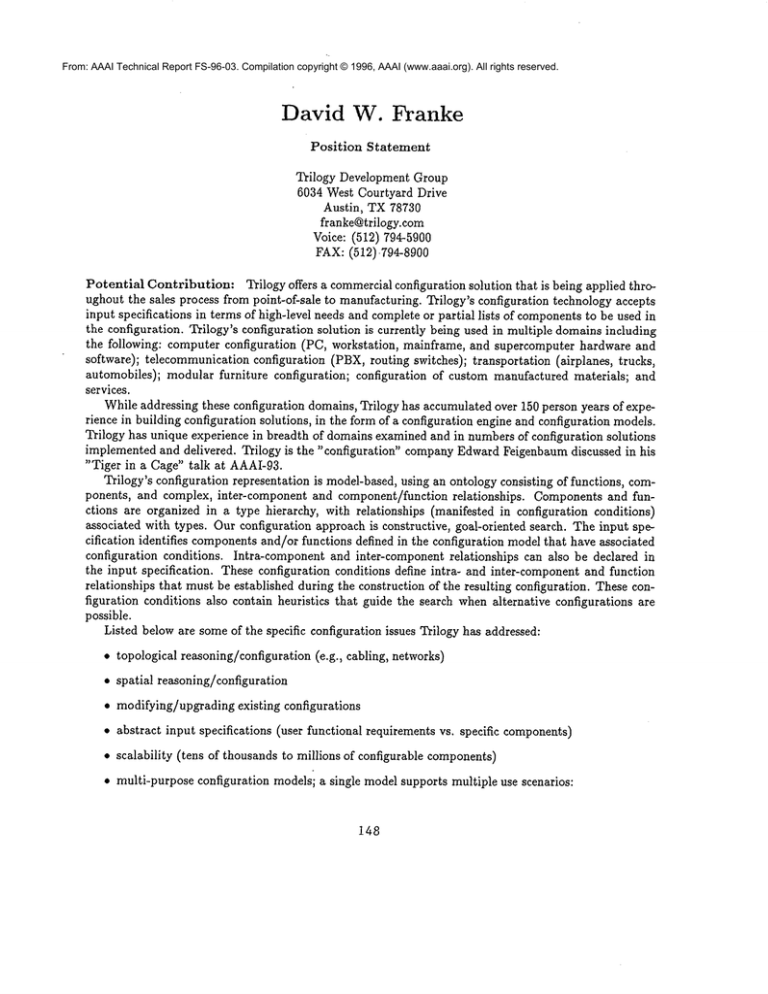
From: AAAI Technical Report FS-96-03. Compilation copyright © 1996, AAAI (www.aaai.org). All rights reserved.
David W. Franke
Position
Statement
Trilogy Development Group
6034 West Courtyard Drive
Austin, TX 78730
franke@trilogy.com
Voice: (512) 794-5900
FAX: (512)-794-8900
Potential Contribution: Trilogy offers a commercial configuration solution that is being applied throughout the sales process from point-of-sale to manufacturing. Trilogy’s configuration technology accepts
input specifications in terms of high-level needs and complete or partial lists of componentsto be used in
the configuration. Trilogy’s configuration solution is currently being used in multiple domains including
the following: computer configuration (PC, workstation, mainframe, and supercomputer hardware and
software); telecommunication configuration (PBX, routing switches); transportation (airplanes, trucks,
automobiles); modular furniture configuration; configuration of custom manufactured materials; and
services.
While addressing these configuration domains, Trilogy has accumulated over 150 person years of experience in building configuration solutions, in the form of a configuration engine and configuration models.
Trilogy has unique experience in breadth of domains examined and in numbers of configuration solutions
implemented and delivered. Trilogy is the "configuration" company Edward Feigenbaum discussed in his
"Tiger in a Cage" talk at AAAI-93.
Trilogy’s configuration representation is model-based, using an ontology consisting of functions, components, and complex, inter-component and component/function relationships.
Components and functions are organized in a type hierarchy, with relationships (manifested in configuration conditions)
associated with types. Our configuration approach is constructive, goal-oriented search. The input specification identifies componentsand/or functions defined in the configuration model that have associated
configuration conditions. Intra-component and inter-component relationships can also be declared in
the input specification. These configuration conditions define intra- and inter-component and function
relationships that must be established during the construction of the resulting configuration. These configuration conditions also contain heuristics that guide the search when alternative configurations are
possible.
Listed below are someof the specific configuration issues Trilogy has addressed:
¯ topological reasoning/configuration (e.g., cabling, networks)
¯ spatial reasoning/configuration
¯ modifying/upgrading existing configurations
¯ abstract input specifications
¯ scalability
(user functional requirements vs. specific components)
(tens of thousands to millions of configurable components)
¯ multi-purpose configuration models; a single model supports multiple use scenarios:
148
- abstract, partial, and complete input specifications
- generation and verification
- interactive and batch configuration
Motivation for Participation:
In addition to providing a unique perspective on the configuration
problem and current approaches, we are interested in keeping abreast of and fostering research in configuration.
Related Work: In addition to implementation of the Trilogy configuration engine and developing
models for Trilogy customers (in various domains), I have in previous professional positions participated
in commercial product development of:
¯ expert system shells
¯ decision analysis tools
¯ electronic
My research
CADtools
activities
¯ electronic
include:
CAD(design knowledge representation)
¯ model-based reasoning
¯ function representation
and functional modeling
¯ design rationale (dissertation
title
"A Theory of Teleology")
Publications:
1. "A Theory of Teleology," Ph.D. Dissertation,
University of Texas at Austin.
TR AI93-201, Artificial
Intelligence
Laboratory, The
2. "Classifying and Indexing Design Modifications via Descriptions of Purpose," AAAISpring Symposium Series, Symposiumon Computational Considerations in Supporting Incremental Modification,
March 1992.
3. "Deriving and Using Descriptions of Purpose," IEEE Expert (special
ning), Voh6, No. 2 (April 1991).
track on Functional Reaso-
4. "Embedding Rule Inferencing in Applications," IEEE Expert (special
Programming in AI), Voh 5, No. 6 (December 1990).
track on Object-Oriented
5. "Representing and Acquiring Teleological
Model-Based Reasoning.
Descriptions,"
6. "Component-Connection Models," Proceedings
(coauthor: Daniel Dvorak).
Proceedings of the 1989 Workshop on
of the 1989 Workshop on Model-Based Reasoning
7. "CADRES:CADDesign Knowledge Representation
(coauthors: David E. Newton, Richard P. Johns)
149
System," MCCTechnical
Report CAD-198-89

